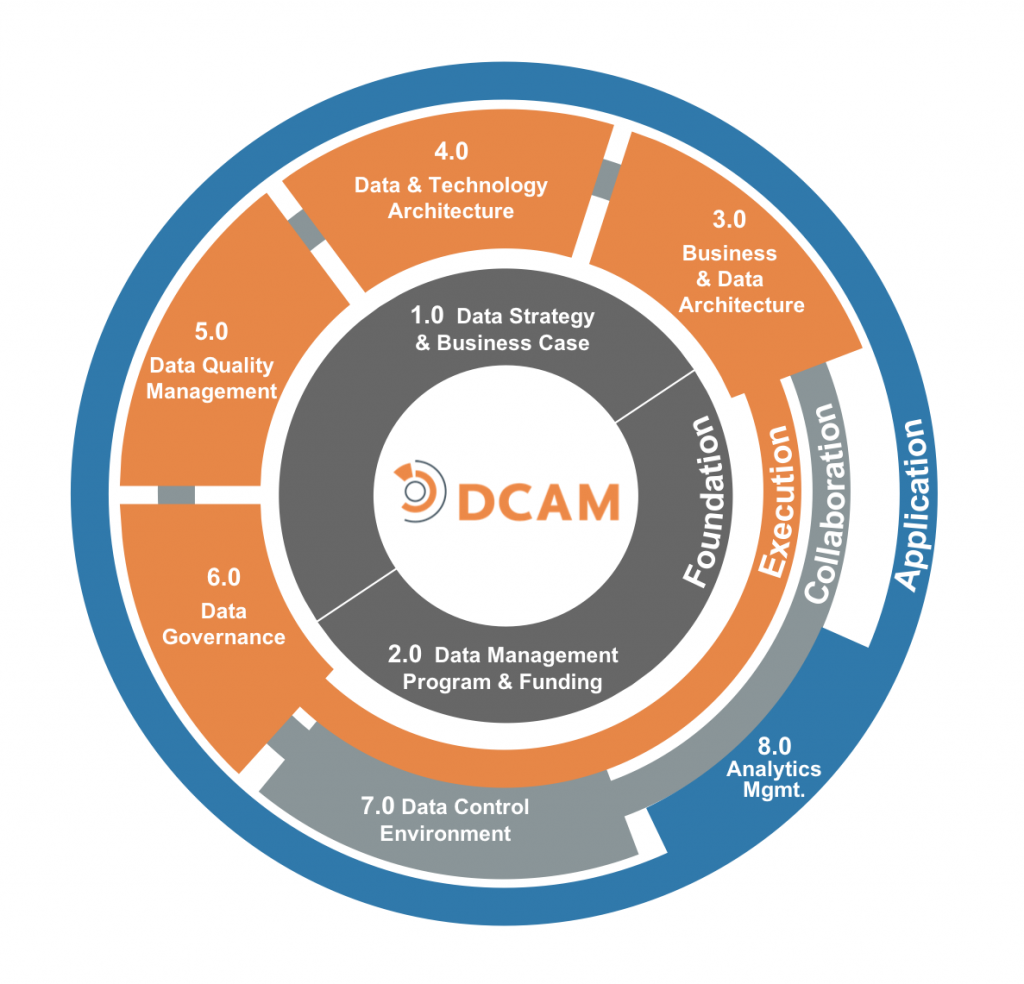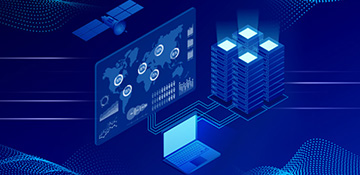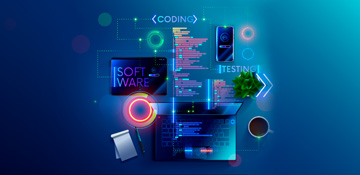Money is changing form! In the UK, it has almost been a month since paper £20 and £50 banknotes have ceased to be legal tender – in its place, there will be polymer bills featuring J.M.W. Turner and Alan Turing. An unprecedented move by the UK government since for ages banknotes have been typically paper, the new ruling serves a dual purpose – enforces the use of plastic instead of paper, and also promotes digital currency.
Money is usually thought of as sovereign currencies, physical like banknotes and coins. But, increasingly electronic money (e-money), digital financial services, virtual currencies, and mobile wallets have taken the space of physical money. The conversion of money from paper to bits and bytes has been a gradual process aided by the growing popularity of digital financial services and the emergence of innovative technologies like Artificial Intelligence.
When it comes to the Financial Services – Banking, Insurance, and Investment, the ecosystem is flooded with paper. A similar disruptive step is unthinkable considering that the reliance on paper for financial services has only grown.
- Estimates point out that a financial service could be used anywhere between 60 boxes of paper every hour to keep track of its clients’ finances. Paper is used for printing statements, invoices, and other documents
- As businesses increasingly move to the cloud, and data becomes all pervasive and available, data coming in diverse types of offline unstructured forms must also be incorporated.
- The solution obviously then is to recognize the fact that you have to live with the data coming in a very unstructured offline manner, and yet find ways to prevent the flood of manual labor it would cause by using a tool like Magic FinServ’s DeepSightTM .
Unstructured Data has Enormous Potential – The Challenge is How to Tap it
Data is of two types – structured and unstructured.
Structured Data: Structured data is online data, such as the information and databases available on public and private websites. (For most of the software applications in use today, such as Spotify, these databases are the core working at the backend. The databases in use today for structure data have scaled from DB2 and Oracle which were single machine databases, to clustered databases and distributed scale out databases like Snowflake and RedShift.)
Unstructured Data: While unstructured data is the data that is available offline like pdfs, spreadsheets, email attachments and more. There is a stockpile of it – experts estimating some 2.5 quintillion bytes of data being generated each day – unstructured and structured. The biggest challenge is how to use the data in the best possible manner. The pandemic has proved without doubt that paper is cumbersome. It is not easily accessible when required; can be easily damaged, takes enormous storage space, and making edits to it is difficult.
The data existing in our emails, pdf documents, social media posts, live chats transcripts, text files running in pages, word documents, financial reports, webpage content, and not to forget the IOT (Internet of Things) sensor data from our smartphones and watches, and satellite imagery, and is best managed in non-relational NoSQL databases or data lakes where it is kept in its native form. The challenge with this data is that it is unrefined. We cannot derive insights from this kind of data. It lacks metadata.
It would be pointless for banks and financial institutions to wait for months (or years) to plough through this information. By that time, they would have lost the competitive advantage of a new product launch or a new incentive to provide personalized content to customers. Hence the need for unstructured data processing solutions such as automation and intelligent document processing (IDP).
Unstructured data processing (UDP) technologies are not new. Some of the UDP technologies such as ICR date back to the 1990s and have been used to minimize the reliance on paper while speeding things up. Others, such as Deep Learning and Machine Learning have enormous potential but in the absence of trained data are constrained when it comes to ensuring desired levels of accuracy. Nevertheless, we have identified here a few UDP technologies of that solo or in combination with others are being used by bankers, FIs, and buy-side firms for deriving insights from unstructured data in Loans Processing, KYC (Know Your Customer), Accounts Payable, AML (Anti Money Laundering), Digital Asset Management, and IT (Information Technology) help desk.
The financial services sector has been making changes in the direction of reducing paper use. As a result, breakthrough technologies powered by AI, ML, NLP, and IOCR – infinitely improved versions of the machines used by Alan Turing to break the Enigma code – are slowly taking over. These are no longer standalone systems like the WWII Bombe machine but smarter apps that work remotely on your laptops and the cloud and process or ingest unimaginable quantities of data. We only have to look at something as every day as the paperless billing system to realize how it has cut down the use of paper and increased customer-centricity by giving them the comfort of making payments from home.
Integrating Technology for Biggest Gains
1)Intelligent Character Recognition (ICR): ICR relies on OCR (Optical Character Recognition) and pattern recognition to automate the extraction of data in machine-readable format from documents using pattern recognition. It can also be used for capturing sensitive information for loan processing, mortgage, pay slips, etc. With quicker access, decision-making and forecasting will be easier.
2)Optical Character Recognition: The basic difference between OCR and ICR is that while OCR extract data in text form, ICR extracts data in machine readable form. OCR makes it possible to identify and input relevant data. For example, an OCR will scan a cheque thoroughly and identify the different sections such as the serial code, IFSC (International Financial Services Centre) Code, amount, signature, much quicker than the front desk executive.
3)Deep Learning: The level of automation that can be incorporated with Deep learning-based solution is inordinately high. Deep Learning algorithms can be used for improving the customer experience and for predicting customer churn – both of which are vital for promoting growth.
4)Real-time Stock Prediction and Algorithmic Trading: The unblinking and unbiased eye of AI can be used for integrating news about stock from news and social media and coupling it with historical data and current price movements to predict stock values more accurately.
Yet another area where deep learning and machine learning algorithms have immense potential is checking fraud and insurance underwriting. Using historical data (health records, income, loan repayment, as well as smartphone and wearable information) to train the algorithms, insurance companies can set suitable premium and access the risks
5)Computer Vision: With computer vision, banks and FIs can visualize and analyze images, pdfs, invoices, videos, etc. This is enormously handy for KYC, onboarding, loan origination tasks as most are paper-heavy and prone to errors and duplication of efforts if done manually. With computer vision aided technology, banks and financial institutions can easily scan, store, tag or classify, and extract relevant information from documentation. Automating classification and extraction of relevant data elements introduces process efficiency and higher levels of accuracy. By leveraging computer vision and OCR technologies, banks and FIs can ensure higher levels of accuracy than plain OCR where rules and templates must be adjusted for each variation.
6)Natural Language Processing: In IT, NLP can help in remediating help desk tickets using pattern recognition. Another area where NLP is being used is virtual assistants and chatbots. Named Entry Recognition (NER), machine learning, natural language processing (NLP) service that helps create structure from unstructured textual documents by finding and extracting entities within the document. When it comes to loans processing, FIs use NER to tag and classify relevant data to extract information to accelerate the process of assessing profitability and credit risk.
Automation and DeepSightTM
The thing is that you cannot ignore unstructured data anymore. And this is where the real challenge arises, because most of the AI and ML-powered tools for data extraction are still built to deal with structured data only.
But for machine learning and training of unstructured data there are many limitations – For example just to stat a file which gives information about the file and filesystem, like the size of the file, access permissions and the user ID and group ID, birth time access time of the file would take a few minutes and if there were many unwieldy files in the data lake that would take ages to gain an understanding of what is there in the data lake.
While there are vendors promising exceptional results, Magic FinServ’s DeepSightTM advantage comes from its being purpose-built for the financial domain. DeepSight’sTM sophisticated training tool addresses the specific needs of banks, FIs, and buy-side firms. Coupling UDP technologies the ones that we have mentioned earlier – computer vision, NLP, machine learning, neural networks, and optical character recognition for greater benefits and reducing time, money, and effort for processing unstructured data from transaction emails, invoices, pdfs, and KYCs, contracts, and compliance documents to derive insights with minimum inputs.
To conclude, paper is not going to go away soon, but we can certainly take steps to ensure minimize use and ensure more efficiency by digitizing data and finding ways to deal with the mountainous amounts of it. After all, that goes a long way to building a sustainable world, while also ensuring ease and transparency in operations.
If you are interested in learning more or have a specialized use case where we can pitch in, reach out to us at mail@magicfinserv.com.












